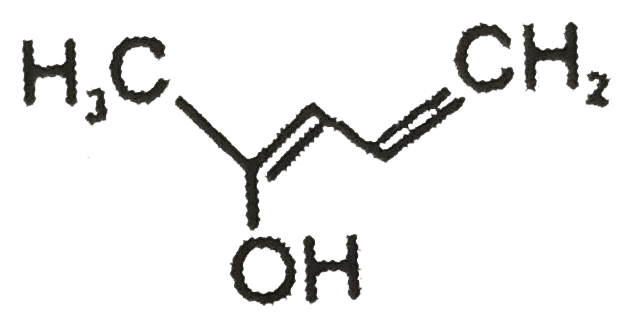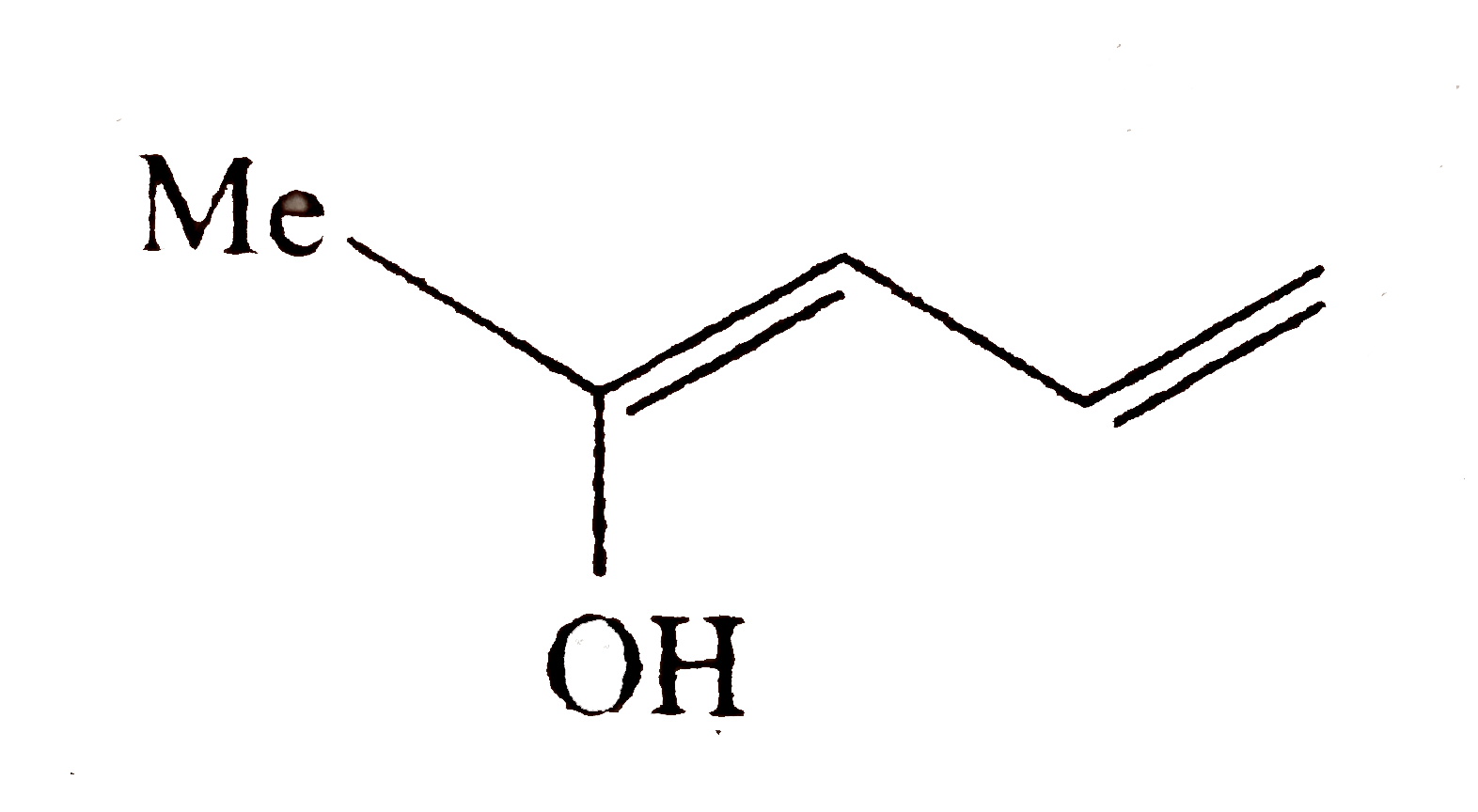Write resonance structures of CH3COO− and show the movement of electrons by curved arrows.
To write the resonance structures of the acetate ion (CH₃COO⁻) and show the movement of electrons using curved arrows, we can follow these steps:
Step 1: Draw the Lewis Structure of Acetate Ion
The acetate ion consists of a methyl group (CH₃) attached to a carbonyl group (C=O) and an oxygen atom with a negative charge. The Lewis structure can be drawn as follows:
1. Draw the Carbon Backbone: Start with the carbon atom (C) connected to the methyl group (CH₃) on one side and the carbonyl group (C=O) on the other side.
2. Add the Oxygen Atoms: One oxygen atom is double-bonded to the carbon (C=O), and the other oxygen atom is single-bonded to the same carbon and carries a negative charge (O⁻).
3. Complete the Structure: Ensure that all atoms have complete octets where applicable.
The initial structure looks like this:
O∣∣CH₃−C−O⁻
Step 2: Identify Electron Movement
In the acetate ion, the negative charge on the oxygen can participate in resonance by donating its lone pair of electrons to form a double bond with the carbon atom.
Step 3: Draw the First Resonance Structure
1. Move the Lone Pair: Use a curved arrow to show the movement of the lone pair from the negatively charged oxygen to form a double bond with the carbon atom.
2. Resulting Structure: This results in a new structure where the carbon now has a double bond with both oxygens, and the original double-bonded oxygen now has a negative charge.
The first resonance structure can be represented as:
O⁻∣∣CH₃−C−O
Step 4: Draw the Second Resonance Structure
1. Move the Electrons Back: In the next resonance form, the double bond between the carbon and one oxygen can shift back to form a single bond, while the lone pair from the other oxygen can move to create a double bond with the carbon.
2. Resulting Structure: The resulting structure will have the negative charge on the other oxygen atom.
The second resonance structure looks like this:
O∣∣CH₃−C−O⁻
Step 5: Indicate the Resonance Structures
Now, we can summarize the resonance structures:
1. First Structure:
O∣∣CH₃−C−O⁻
2. Second Structure:
O⁻∣∣CH₃−C−O
Step 6: Show Electron Movement with Curved Arrows
- From the negatively charged oxygen to the carbon (forming a double bond).
- From the carbon-oxygen double bond back to the oxygen atom (creating a negative charge).
Conclusion
The acetate ion has two main resonance structures, and the movement of electrons can be shown using curved arrows. Both structures contribute to the overall resonance hybrid, and the negative charge is delocalized between the two oxygen atoms.
The acetate ion consists of a methyl group (CH₃) attached to a carbonyl group (C=O) and an oxygen atom with a negative charge. The Lewis structure can be drawn as follows:
2. Add the Oxygen Atoms: One oxygen atom is double-bonded to the carbon (C=O), and the other oxygen atom is single-bonded to the same carbon and carries a negative charge (O⁻).
3. Complete the Structure: Ensure that all atoms have complete octets where applicable.
O∣∣CH₃−C−O⁻
In the acetate ion, the negative charge on the oxygen can participate in resonance by donating its lone pair of electrons to form a double bond with the carbon atom.
1. Move the Lone Pair: Use a curved arrow to show the movement of the lone pair from the negatively charged oxygen to form a double bond with the carbon atom.
2. Resulting Structure: This results in a new structure where the carbon now has a double bond with both oxygens, and the original double-bonded oxygen now has a negative charge.
O⁻∣∣CH₃−C−O
1. Move the Electrons Back: In the next resonance form, the double bond between the carbon and one oxygen can shift back to form a single bond, while the lone pair from the other oxygen can move to create a double bond with the carbon.
2. Resulting Structure: The resulting structure will have the negative charge on the other oxygen atom.
O∣∣CH₃−C−O⁻
Now, we can summarize the resonance structures:
1. First Structure:
O∣∣CH₃−C−O⁻
2. Second Structure:
O⁻∣∣CH₃−C−O
- From the negatively charged oxygen to the carbon (forming a double bond).
- From the carbon-oxygen double bond back to the oxygen atom (creating a negative charge).
The acetate ion has two main resonance structures, and the movement of electrons can be shown using curved arrows. Both structures contribute to the overall resonance hybrid, and the negative charge is delocalized between the two oxygen atoms.
Topper's Solved these Questions
- ORGANIC CHEMISTRY- SOME BASIC PRINCIPLES AND TECHNIQUESBOOK - NCERTCHAPTER - ORGANIC CHEMISTRY- SOME BASIC PRINCIPLES AND TECHNIQUESEXERCISE - EXERCISE
40 Videos
- HYDROGENBOOK - NCERTCHAPTER - HYDROGENEXERCISE - EXERCISE
36 Videos
- REDOX REACTIONSBOOK - NCERTCHAPTER - REDOX REACTIONSEXERCISE - EXERCISE
30 Videos
Similar Questions
Write resonating structures of CH3COO− ion.
View SolutionWrite resonance structures of the following showing the movement of electrons by curved arrows :
(i) Acetate ion, CH3COO−
(ii) CH3CH=CH−C+H2
View SolutionWrite the resonance structure of CO2 .
View SolutionWrite the resonance structure of CO2−3 and HCOө3.
View SolutionWrite resonating structure of the compound

View SolutionWrite the resonance structures of the given compound.

View SolutionWrite the resonance structure of nitrous oxide.
View SolutionDraw the resonance structures for the following compounds. Show the electron shift using curved-arrow notation.
(a) C6H5OH (b) C6H5NO2 (c) CH3CH=CHCHO (d) C6H5–CHO (e) C6H5−+CH2 (f) CH3CH=CH+CH2
View SolutionDraw the resonance structures for the following compounds. Show the electron shift using curved-arrow notation.
(a) C6H5OH
(b) C6H5NO2
( c) C6H5⊕CH2
(d) CH3CH=CHCHO
( e) CH3CH=CH−⊕CH2
(f) C6H5CHO
(g) CH2=CHOCH3.
View SolutionDraw the resonance structures for the following compounds. Show the electron shift using curved-arrow notation.
(a) C6H5OH (b) C6H5NO2 (c) CH3CH=CHCHO (d) C6H5–CHO (e) C6H5−+CH2 (f) CH3CH=CH+CH2
View Solution